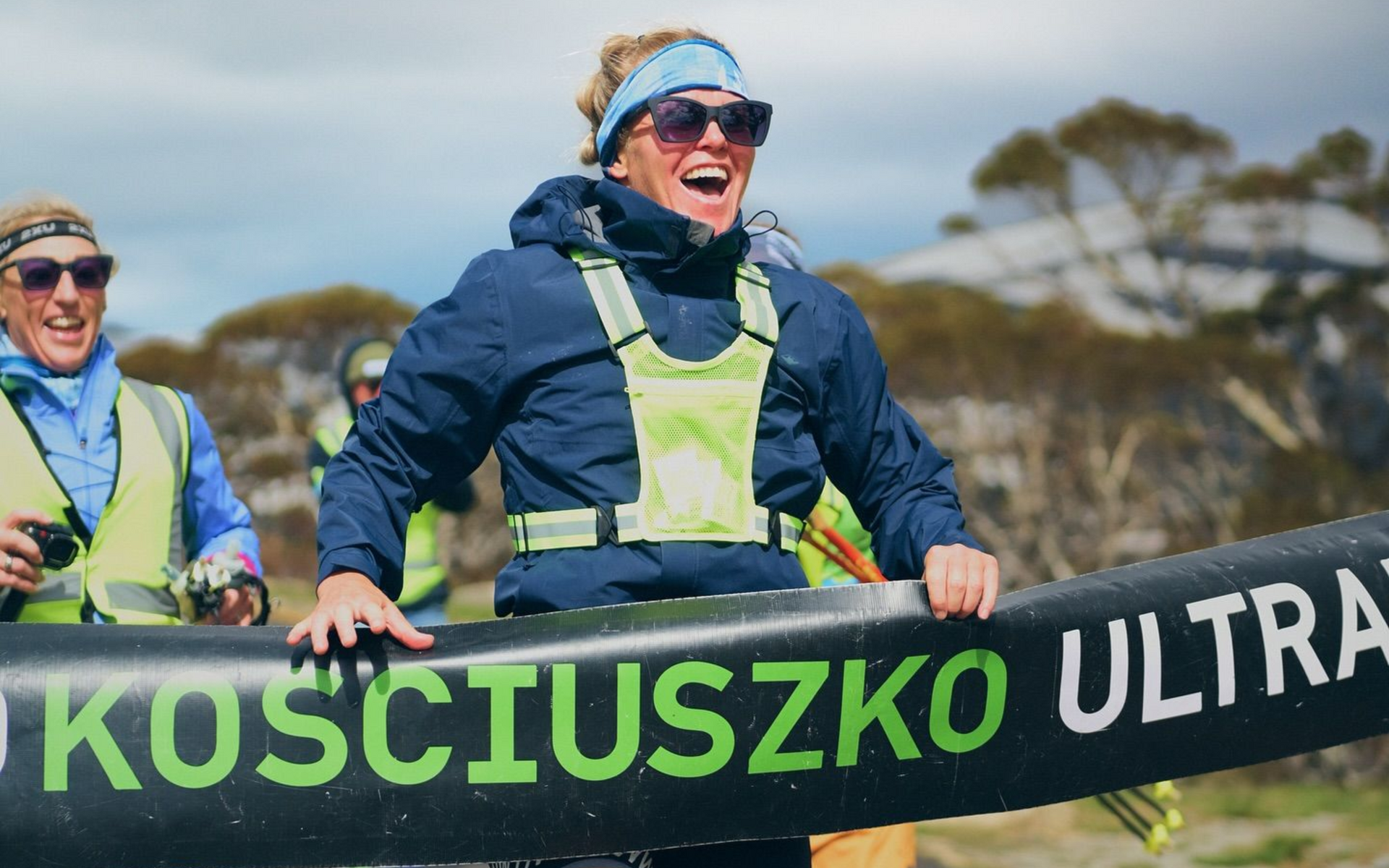
COACH'S CORNER - Handling The Heat by Zac Harris
Zac Harris from overlap coaching covers how to adjust your training for the summer months ahead (a non-scientific approach)

If there’s one thing Australian trail and ultra runners all learn pretty quickly, it’s that summer doesn’t muck around. Whether you’re out for an early-morning jog or tackling a long weekend run, the heat can hit hard. For some of the states, we’re getting pretty close to where things start heating up, so it’s important to consider how your training might look as the temperature starts to rise.
Before we go further, let me be clear: this isn’t an article about specific training protocols for an upcoming race in hot or humid conditions. This is about how to manage your general training through the warmer months, so you can keep consistent without burning out.
And while there’s plenty of sports science around hydration, core temperature, and heat adaptation, I’ll be upfront—I’m not a scientist. I’m a feel-based coach and runner. I love looking at data after a run, but I don’t let numbers dictate how I move, pace, or train. For me, running is about tuning into your body. So, here’s my down-to-earth, non-scientific take on handling the heat and adjusting your training through summer.
Respect the Heat, Don’t Fight It
Summer isn’t the time to stubbornly stick to a rigid pace chart or force a certain session just because it’s on paper. If it’s 30 degrees and the sun’s belting down, running at your “usual” pace is going to feel very different than on a crisp winter morning.
Listen to your body. If you’re overheating, slow down. If the air feels like soup, cut your run short or shift it to a cooler part of the day. Remember—you’re still getting the training benefit. You don’t need to win a battle with the thermometer.
Timing is Everything
Early mornings and late evenings are your best mates in summer. The middle of the day? Not so much. Shuffling your runs to the coolest parts of the day might take a bit of adjusting, but it can completely change the feel of your training.
If you’ve got a long run planned, think about starting at sunrise—or even before. It’s a small lifestyle tweak that keeps your training consistent without draining the tank.
Effort Over Pace
This is where I lean hardest into “feel-based coaching.” Pace can lie to you in summer. That 5:00/km jog might suddenly feel like threshold effort once the temperature climbs.
Most of who run trails a lot are pretty good at listening to our bodies and knowing what different effort levels feel like. So, instead of obsessing over the watch, ask yourself: How hard does this feel?
Run by effort. Treat the session as a success if you’ve matched the intention—not the splits. Your body doesn’t care about pace; it cares about stress and recovery. Effort is the truest gauge when conditions are wild.
Be Flexible With Structure
Summer throws curveballs. Heatwaves, smoky air, storms—you name it. So instead of locking in every session weeks in advance, build flexibility into your plan.
Swap a long run for an easy jog. Trade an interval session for hill strides in the shade. Move rest days around. The goal is to keep the momentum rolling, not to tick every box perfectly. Consistency over perfection—that’s how you build strength that lasts.
It is ok to train in heat. Our bodies do build adaptations due to the added stress, but remember just that, heat is a stress. Respect it, recover from it, and adjust training to suit the conditions.
Hydration & Cooling (Keep It Simple)
I won’t throw numbers and millilitres at you, but here’s what I know: drink water before you’re thirsty, carry something if you’ll need it, and don’t be afraid to stop and refill. A splash of water over your head works wonders, too.
You’ll also sweat more in summer, so plain water may not cut it anymore. Consider an electrolyte drink, especially if you’re a heavy sweater.
Keep it simple. Your body will tell you what it needs if you’re paying attention. Finish a run with salty dried sweat on your clothing or hat? Then I suggest adding electrolytes into your runs from now on.
If you want specifics, seek out a sports dietitian who can help detail a hydration plan just for you.
Embrace the Adaptation
Running in summer heat feels tough—but it also makes you tougher. When you slow down, listen to your body, and train smart through the warmer months, you’re building resilience that pays off once conditions cool again.
Instead of dreading it, see the heat as a training partner that’s teaching you patience, adaptability, and mental grit.
Final Word
Summer running in Australia is a challenge, but it doesn’t have to derail your training. Forget perfection, trust your body, and remember that feeling-based adjustments are often smarter than chasing data or sticking to a rigid plan.
The trails will always be there. Train with the seasons, respect the heat, and keep stacking those consistent weeks.









